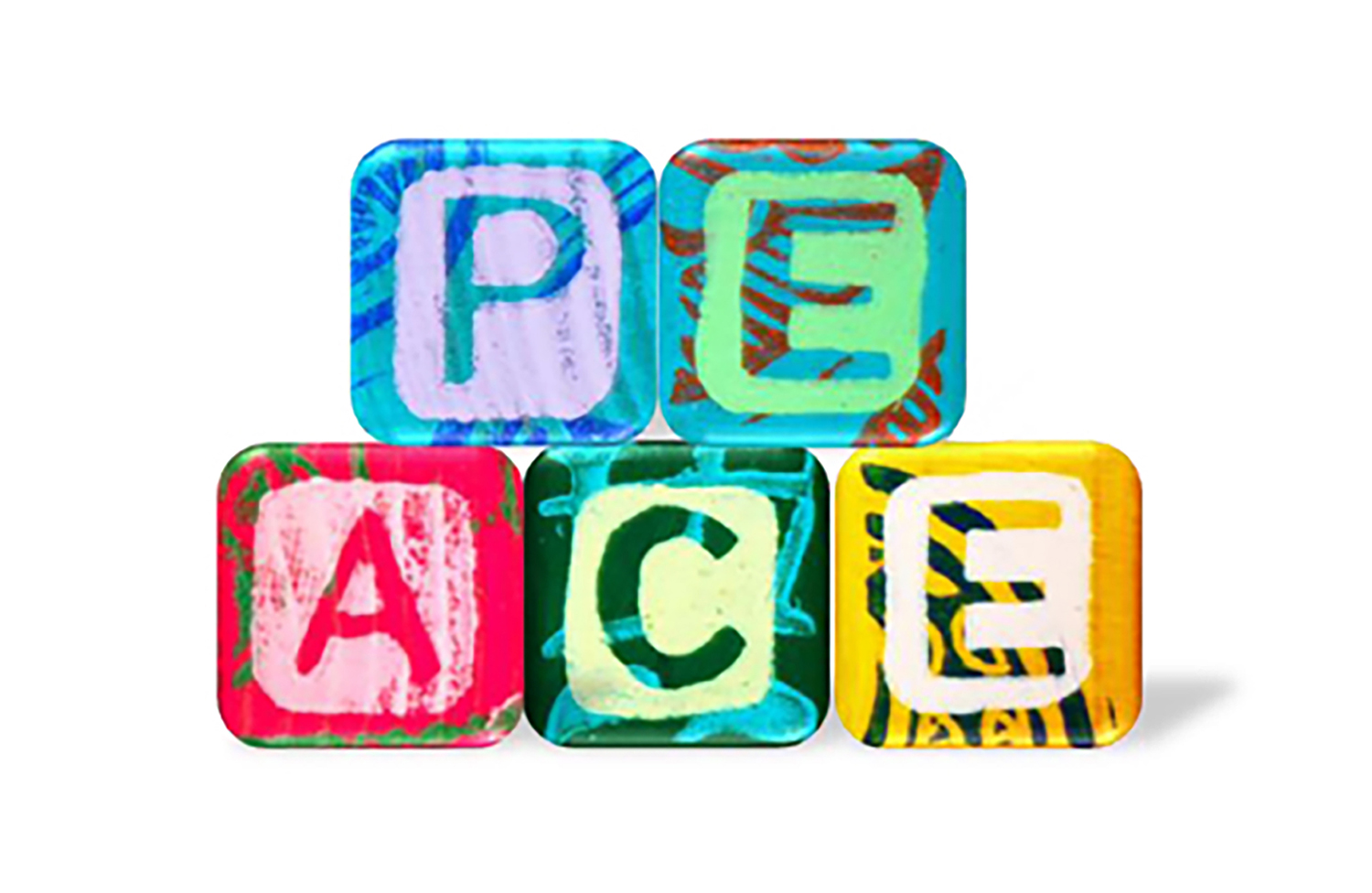What is peacebuilding?
Introduction
According to the revision of the hallmark paper “Building a Generation of Reconciliation: The Role of Early Childhood Development” (AÇEV, 2012), peacebuilding is the process of resolving conflict and establishing sustainable peace in a manner that maximizes justice, equality and harmony . It is important to note that peacebuilding extends beyond prevention of violence.
Direct and structural levels of violence
In the field of peace psychology, violence is categorized as direct or structural; direct violence refers to the interpersonal conflict that harms individuals, while structural violence is expressed through political and economic processes and oppression within a society. Both can have a toxic effect on human health. The causes of direct violence may be associated with physiological processes of development and may be informed by neurobiology. Contextual causes of direct violence include economic poverty, social discrimination and crowding as well as violent acts being condoned or left unaddressed by the family, community or state. The root causes of structural violence include systematic deprivation, unfair political systems and powerful, inequitable social hierarchies.
Peacemaking and peacebuilding: The two levels of efforts to achieve peace
Similarly, efforts to achieve peace can be categorized as peacemaking or peacebuilding (Christie, Wagner, Winter, 2001).
-
Peacemaking is the process of reducing direct violence through conflict resolution and other non-violence means; it is temporally and spatially constrained by the situation-a reaction in response to the threat or the anticipation of violence (MacNair, 2003). Peace building refers to the process of reducing structural violence; it has a proactive focus with an emphasis on the development of an effective infrastructure to sustain social justice, healthcare and economic development.
-
Peacebuilding is multidimensional, with legal, cultural, political, medical and socio-economic elements (Galgung, 1969).
Indeed, there is a need to demonstrate and to prove that investing in ECD results in higher levels of social cohesion within families, communities, and countries.
The two forms of social cohesion, vertical & horizontal
Social Cohesion is a key element needed for peaceful co-existence within and among diverse social and cultural groups and it is divided into two forms - vertical and horizontal.
-
Vertical social cohesion refers to the interface between government institutions and the people; as well as between caregivers and their children.
-
Horizontal social cohesion in contrast refers to the interconnections and networks within diverse local community groups and families.
References
-
AÇEV. (2012). Building a generation of reconciliation: The role of early childhood development in peace building. Istanbul, Turkey: AÇEV.
-
Christie, D.J., Wagner, R.V., & Winter, D.A. (Eds.). (2001). Peace, conflict, and violence: Peace psychology for the 21st century. Englewood Cliffs, New Hersey: Prentice-Hall.
-
Galtung, J. (1969). Violence, peace, and peace research. Journal of Peace Research, 6(3), 167-191.
-
MacNair, R. (2003). The psychology of peace: An introduction. Westport, CT: Praeger.
Relevant Information
-
Britto, P.R., Gordon, I., Hodges, W., Sunar, D., Kagitsibasi, C., & Leckman, J. (2014). Ecology of peace: Formative childhood and peace building. In J. Leckman, C. Panter-Brick, R. Salah (Eds.), Pathways to peace: The transformative power of children and families (pp. 64-85). Cambridge, MA: MIT Press.
-
Yale University and ACEV Partnership. (2012). Ecology of peace: Formative childhood and peace building. A brief note. New Haven, CT and Istanbul, Turkey: Yale-ACEV Partnership.
Topics & initiatives
|
|
|
|
JOIN THE CONVERSATION
For breaking news and to stay connected, follow us on social media. Sign up to get our E-News delivered straight to your inbox.




